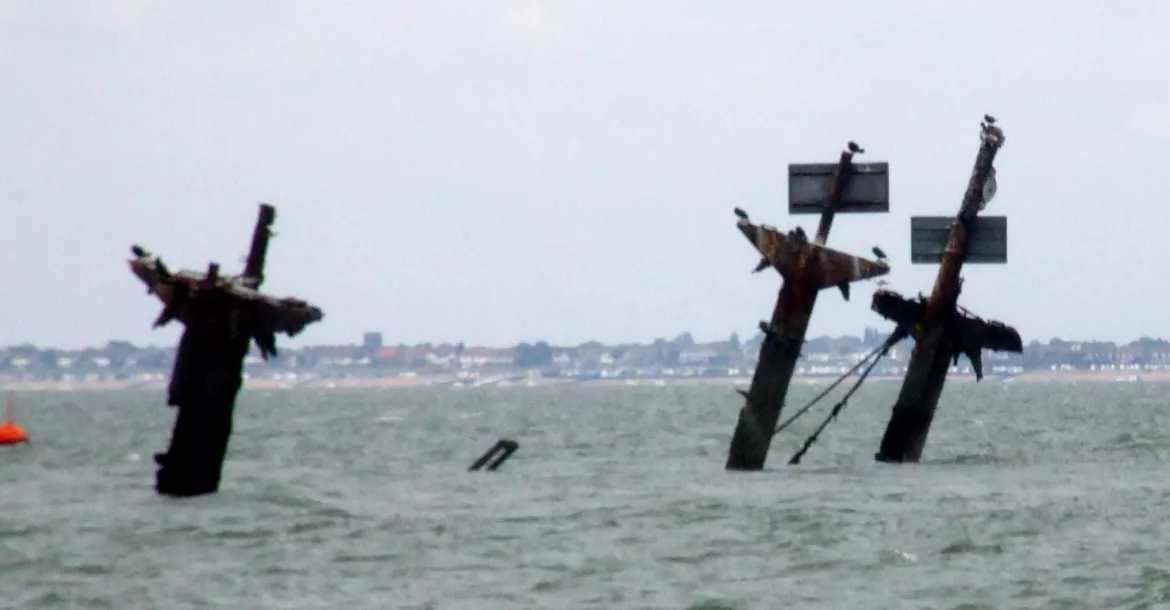Royal Navy to dismantle WWII shipwreck in risk of enormous explosion
SS Richard Montgomery has been languishing at the bottom of the Thames Estuary in Kent for 77 years with a cargo of 1,400 tonnes of bombs in the forward holds. A team of bomb disposal experts have now been tasked with making the wreck safe.
A Ministry of Defence report said an explosion “would throw a 300 metre-wide column of water and debris nearly 3,000 metres into the air and generate a wave 5 metres high”.
The warship was part of a US convoy travelling to the UK in August 1944 - but when it arrived in the Thames Estuary, it was instructed to anchor in the Great Nore, off Sheerness, where it sank, with about 1,400 tonnes of explosives remaining on board.
In 1973, she became the first wreck designated as dangerous under Section 2 of the Protection of Wrecks Act 1973. There is an exclusion zone around her monitored visually and by radar.
At risk or not?
An investigation in 2004 concluded that the cargo was still deadly, and could be detonated by a collision, an attack, or even shifting of the cargo in the tide. At the time, the Maritime and Coastguard Agency (MCA) nevertheless believed that the risk of a major explosion was remote.
Critics of government assurances that the likelihood of a major explosion is remote argue that one of the fuses of the 2,600 fused-fragmentation devices could become partially flooded and undergo the reaction producing copper azide. A knock, such as caused by the ship breaking up further, or a collision on the busy shipping lane, could cause the copper azide to explode and trigger an explosive chain reaction detonating the bulk of the munitions.
Surveys undertaken in 2008 and 2009 by the MCA found, "Whilst significant structural collapse does not appear to be imminent, surveys suggest that this prospect is getting closer."
In 2020, a Department for Transport survey found the ship’s three masts were deteriorating and in a poor state. The Ministry of Defence (MoD) warned that the collapse of a mast could detonate ordnance, and Royal Navy specialists would need to remove them safely.
The MoD is supporting the Department for Transport, which in turn has a contractor that will undertake the mast removal process over a two-month period, starting in June 2022.









































